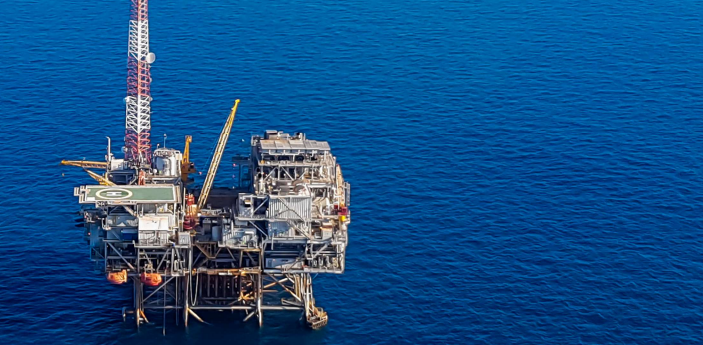According to Wood Mackenzie’s research director Andrew Harwood, the need to fill new and old gas infrastructure will see the drilling of exciting offshore prospects across Australia, Brunei, Malaysia, Myanmar, Pakistan and Papua New Guinea.
As Mr. Harwood notes, several countries will launch new bid rounds in 2019. But only those that will offer a fair balance of risk and reward will be the most successful in attracting new investment. As of now, investor appetite is possible to be limited for other 2019 licensing opportunities in the Philippines, Bangladesh and Myanmar.
[smlsubform prepend=”GET THE SAFETY4SEA IN YOUR INBOX!” showname=false emailtxt=”” emailholder=”Enter your email address” showsubmit=true submittxt=”Submit” jsthanks=false thankyou=”Thank you for subscribing to our mailing list”]
In the meantime, M&A spend increased over 60% to US$8.7 billion in 2018 compared to 2017. The expectation is that 2019 will be flat with around US$8 billion of potential deals in the pipeline.
In addition, more divestments are expected in Southeast Asia by mainly US-focused players, who want to redeploy capital towards lower-cost, higher-return opportunities elsewhere.
Deal activity in Australia is also likely to continue at a rapid pace, as LNG operators take positions for the next wave of investment, and local producers try to leverage a tightening domestic gas market.
Additionally, 2019 looks a relatively low-key year for new project sanctions in Asia-Pacific. PetroVietnam’s Block B gas development and ConocoPhillips’s Barossa are the largest projects targeting FID over the next 12 months, but both are in risk of being pushed into 2020.
Another important fact, is that 2019 is the year the Chinese NOCs will start raising domestic budgets in earnest. Gas will still be the major strategic focus, with domestic production expected to increase by 6%.
The Sichuan Basin will be the leader, contributing one-third to 2019’s output growth. This will derive primarily from conventional sources, with shale gas accounting for less than 10% of China’s gas production.
However, shale volumes will probably rise as PetroChina tries to meet its 2020 target and Sinopec begins development in the Weirong block. Shale production could hit 12.5 bcm this year, but reducing drilling times and alleviating service sector bottlenecks will be important, Andrew Harwood concluded.



























































